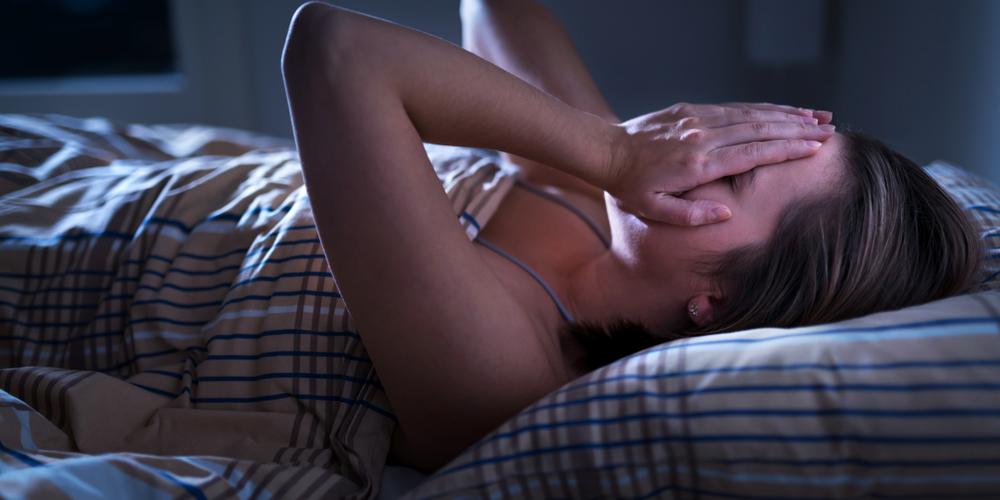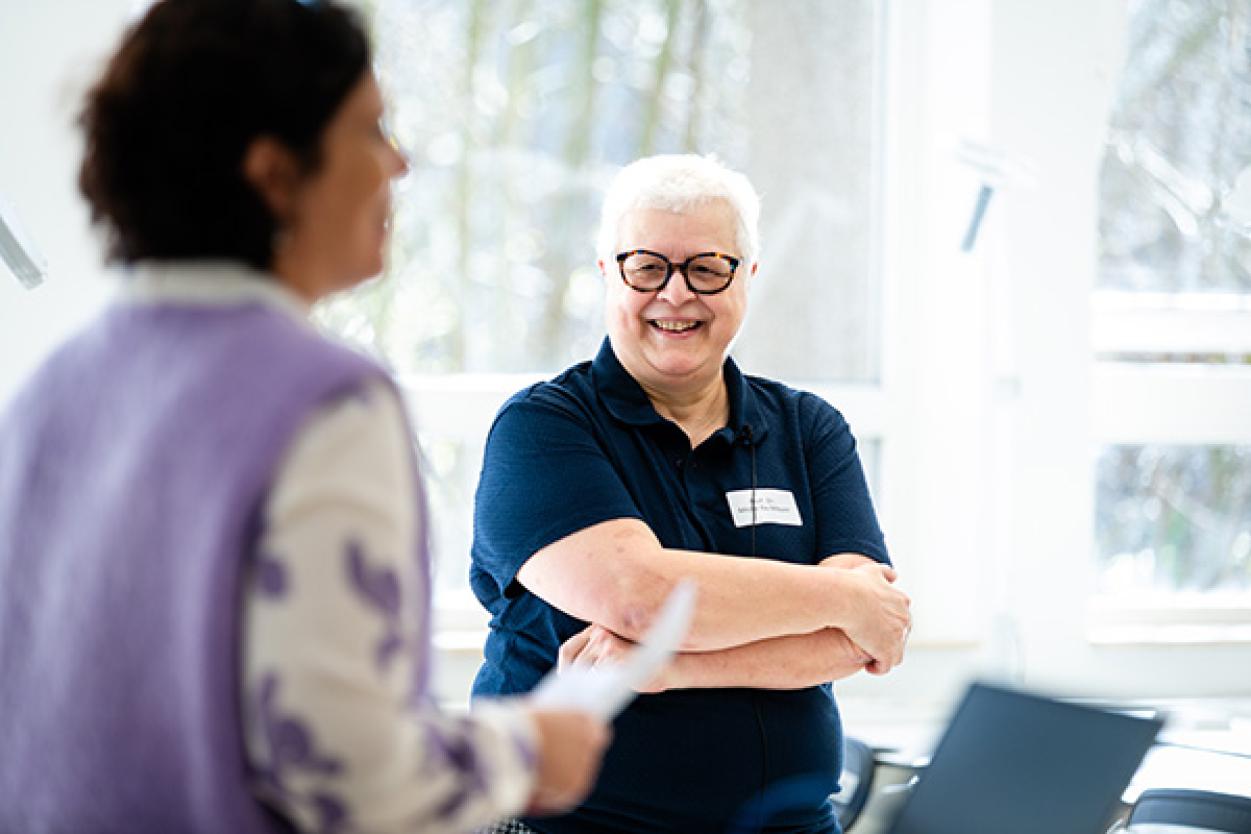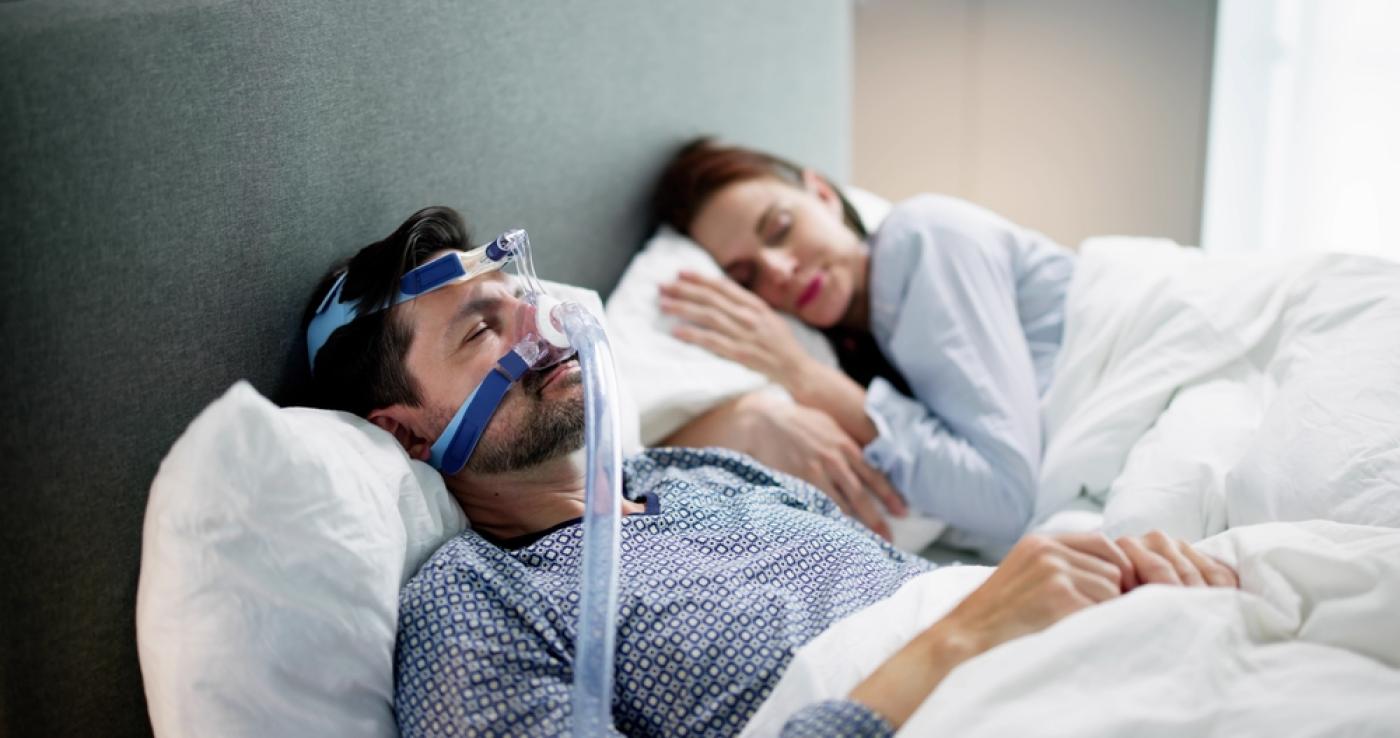
Friday 15 March is World Sleep Day. For hundreds of thousands of people in Belgium, it’s not a day to celebrate. They suffer from obstructive sleep apnoea syndrome: a closure of the respiratory tract means they snore loudly and their breathing frequently stops at night. The condition affects their own health and the sleep of their partner. In Belgium, the vast majority of patients are treated using a mask that keeps their airways open while they sleep. “For lots of people, this is a good treatment,” says VUB professor Miche De Meyer. “But many others would be better helped using an oral brace. This solution is unfortunately not common in Belgium.”
“He cut down an entire forest last night.” The partners of snorers may make a joke of it, but their deep yawns and the dark shadows beneath their eyes tell the real story: disturbed nights and sleep deprivation are no laughing matter. Snorers themselves are often ashamed or don’t take the issue seriously. So they live with it for years, while their health suffers.
“1.5 billion people fall into the category of medical snorers”
It’s cold comfort, but they are not alone. Snoring is a worldwide pandemic, according to Prof Miche De Meyer of the UTC-VUB. She devoted her PhD to the issue and has since become known as the snoring professor.
Prof De Meyer: “Covid-19 was serious, but it’s small beer compared to sleep disorders. Out of the 8 billion people in the world, 2.8 billion suffer from insomnia and 1 billion from teeth grinding. The worst are the breathing-related disorders such as snoring and obstructive sleep apnoea. More than 4 billion people aged between 30 and 65 snore, and stop breathing up to five times per hour. We call these people non-medical snorers. 1.5 billion people fall into the category of medical snorers: they stop breathing more than five times an hour. This apnoea can last up to 60 seconds. 1 billion people have five to 10 apnoea events every hour. Half a billion have more than 15. We want to treat this group, due to the medical risks.”
What are the risks?
“Lots of apnoea patients suffer from extreme tiredness and trouble concentrating during the day. The disrupted sleep pattern can also cause hormonal imbalances, with a possible impact on eating patterns. Apnoea can also cause weight gain. It increases the chances of developing type 2 diabetes, and the chances of cardiac and vascular diseases. People with apnoea often have increased blood pressure and run a greater risk of heart attack and stroke.”
When should you consult a doctor?
“Listen to your partner, because you often don’t realise yourself. A few weeks of acute snoring is not serious. In that case, the cause is usually a cold or a temporary allergy. If it lasts for months and happens every night, you need to act, especially if snoring is combined with interrupted breathing and daytime fatigue and difficulty concentrating.

“Men are more likely to snore than women, because they produce less oestrogen”
What causes this apnoea?
“During sleep, the airways close, often because the tongue falls backwards or because the soft tissue in the pharynx relaxes. Obesity is a risk factor: the more fatty tissue, the greater the risk of an obstruction in the throat. Alcohol and sleep medication or sedatives can cause snoring and apnoea, because they significantly relax the muscles in the throat. Smoking irritates the airways, which can cause them to swell.”
Do men really snore more than women?
“Yes. That’s partly because men produce less oestrogen than women, the hormone that keeps the throat tissue firm. As a result, women do see an increase after the menopause. As they produce less oestrogen, their muscle mass decreases and their body fat increases, including in the throat.”
People who aren’t overweight can also suffer from obstructive sleep apnoea, is that right?
“In that case, the obstruction may be caused by an anatomical issue. Often this is genetic. The position of the lower and upper jaw may play a role, or the shape of the palate or uvula. If a problem is detected in childhood by a dentist, the orthodontist can address it early.”
Many people around the world snore and suffer from apnoea. Is there an issue with our anatomy?
“There is an evolutionary explanation. Among our ancestors, the structure of the mouth was larger and wider, with more space for the tongue and uvula. This then shrank over time, because the brain and vocal apparatus began to take up more space. We also began to walk upright, meaning the upper airways became longer and more prone to closure. We are intelligent, we can talk and we walk upright, but we seem to have paid the price in snoring and apnoea.”
Does weight loss help to prevent snoring and apnoea?
“Only if weight is the only cause. Usually there are multiple factors.”
“In Belgium, 2% of apnoea patients use a brace. In the Netherlands, it’s 40%”
What treatments are there?
“We have several techniques that can open up the airways to reduce snoring and interrupted breathing. The most common is CPAP, which stands for continuous positive airway pressure. A CPAP device blows pressurised air through the upper airways via a tube and face mask. One possible alternative is MRA, short for mandibular repositioning appliance – a brace customised to the patient’s mouth. The device pushes the lower jaw forward, keeping the pharynx open while they sleep.”
Which technique is the most common?
“In Belgium, 98% of apnoea patients use a CPAP device at home while 2% use an MRA. In the Netherlands, the ratio is 60% CPAP to 40% brace.”
Why the big difference?
“It’s developed that way historically. CPAP, which is prescribed by lung specialists, was the first solution we had for apnoea patients. MRA slowly emerged as an alternative, but CPAP has remained the standard in Belgium. A brace is fitted by a dentist. Because of a shortage of dentists, they have lots of other work. It also took a while to secure the necessary scientific underpinning. That is now in place.”

“Every patient is different and deserves personalised treatment”
Why might you choose a brace?
“CPAP devices aren’t suitable for everyone. The constant airflow can dry out your nasal passage and cause a blocked nose or crusting. As a result, compliance with the device may fall short. People may be reluctant to use the device, or they may pull the mask off in the middle of the night, often without realising it. A brace can also have side effects, such as stiffness or pain in the teeth or jaw. You also have to have well-maintained teeth. But lots of people wear a brace and compliance is generally better. In cases of serious apnoea – more than 15 events per hour, MRA is reimbursed in the same way as a CPAP.”
So which is best?
“In Belgium, we choose CPAP automatically, although MRA can sometimes be a better solution. The choice should be based on a solid, multidisciplinary examination: not only a traditional sleep study but also imaging of the anatomy of the face and neck. Then a pulmonologist, ENT doctor, OMF doctor and dentist can decide together on the best solution. Every patient is different and deserves personalised treatment.”
From dentist to ‘snoring professor’
Prof Miche De Meyer graduated as a dentist in 1982. She specialised nationally and internationally in the medical aspects of dentistry, such as obstructive sleep apnoea syndrome, temporomandibular dysfunctions, pain and movement disorders. In 2021, she obtained her doctorate at the VUB: Fundamentals of Snoring, Patho-Physiology, Diagnosis and Treatment. She is affiliated clinically to the AZ Jan Palfijn in Ghent and academically to the UTC-VUB.